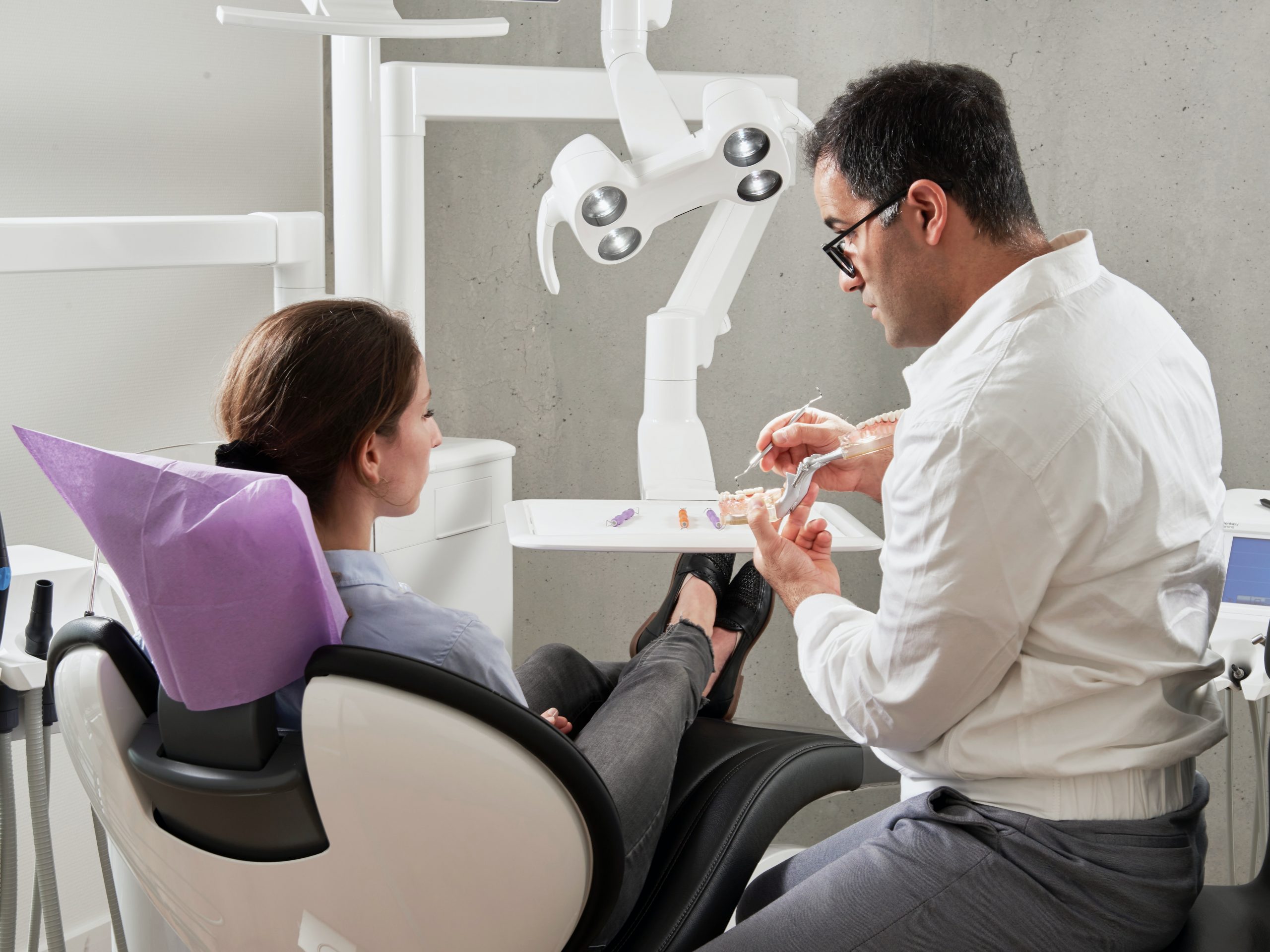
Utilizing a Digital Workflow for Implant Treatment Planning
Implant treatment planning is a critical process that requires a comprehensive understanding of the patient’s oral anatomy and careful consideration of various factors such as bone density, implant size, and location. Traditional implant treatment planning involves manual measurements and impressions, which can be time-consuming, inaccurate, and uncomfortable for patients. However, with the recent advances in digital technology, a digital workflow can provide more precise and efficient implant treatment planning.
Digital Impression
A key advantage of a digital workflow is the ability to capture digital impressions of the patient’s oral anatomy. Digital impressions are obtained using an intraoral scanner that captures the 3D shape and texture of the patient’s teeth and gums. This process is quick and comfortable for patients, as it eliminates the need for messy impression materials and trays.
Virtual Treatment Planning
Once digital impressions are obtained, the next step in the digital workflow is virtual treatment planning. Virtual treatment planning involves the use of specialized software that allows the clinician to accurately plan the placement of the implant(s) based on the patient’s oral anatomy. The software can also simulate the placement of the implant(s) in relation to the surrounding teeth and bone, allowing the clinician to make any necessary adjustments to the treatment plan.
Surgical Guide
The virtual treatment plan is then used to fabricate a surgical guide. A surgical guide is a device that is used during the implant placement procedure to ensure accurate placement of the implant(s) in the desired location and orientation. The surgical guide is typically fabricated using 3D printing technology and is customized to fit the patient’s unique anatomy.
Implant Placement
The surgical guide is used during the implant placement procedure to guide the clinician’s handpiece to the desired location and orientation of the implant(s). The use of a surgical guide improves the accuracy of the implant placement and reduces the risk of complications such as perforation of the sinus or nerve damage.
Conclusion
A digital workflow can provide significant benefits for implant treatment planning. The use of digital impressions, virtual treatment planning, surgical guides, and 3D printing technology can improve the accuracy and efficiency of the implant placement procedure. Digital technology can also enhance communication between the clinician and the dental laboratory, resulting in more precise and esthetic implant restorations. As the technology continues to evolve, the digital workflow will become even more integral to the field of implant dentistry.









